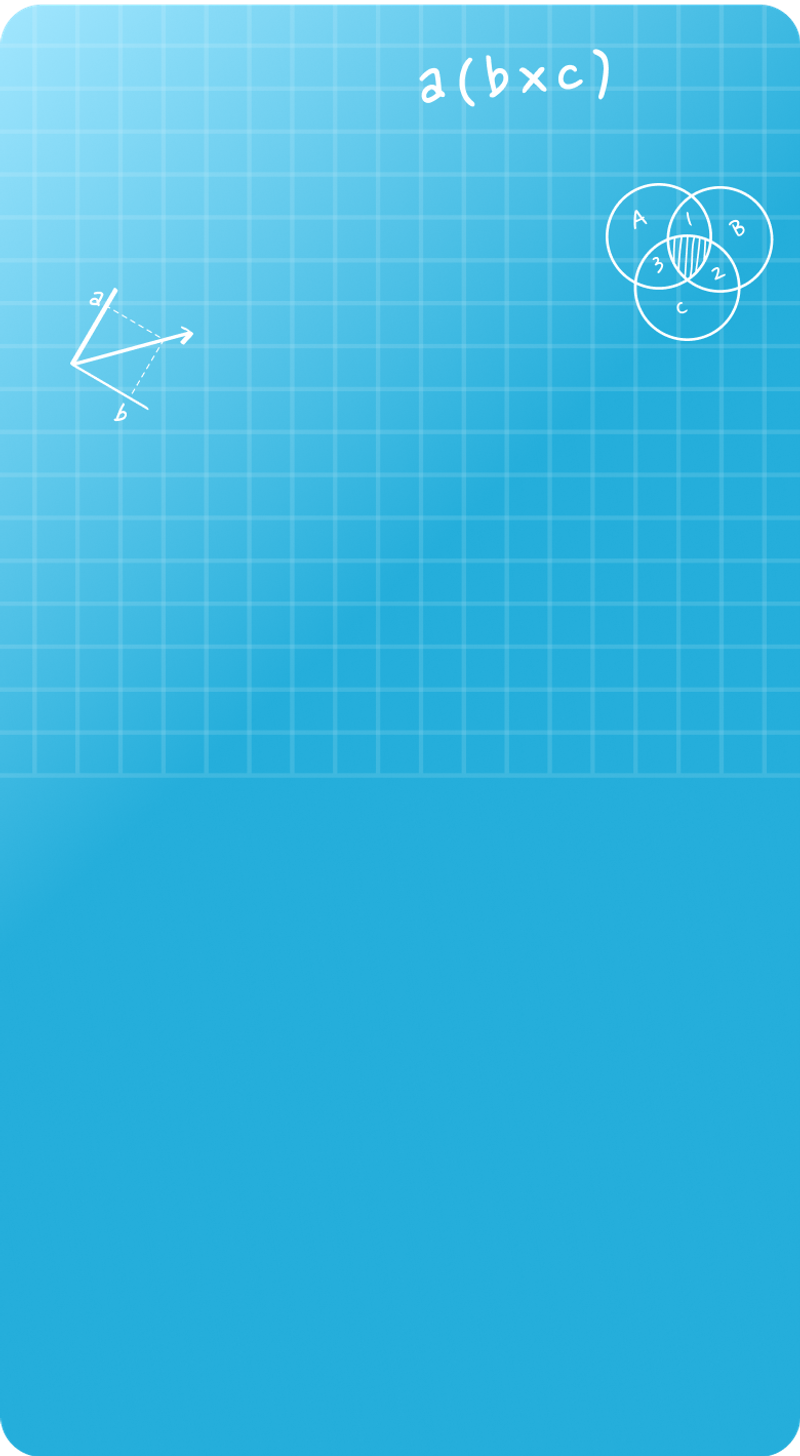Summarize this article:
 507 Learners
507 LearnersLast updated on August 5, 2025
Cube Root of 256

The cube root of 256 is the value which, when multiplied by itself three times (cubed), gives the original number 256. Do you know? Cube roots apply to our real life also, like that for measuring dimensions, designing structures, density and mass, used in day-to-day mathematics like exponents, etc.

What Is the Cubic Root of 256?
The cube root of 256 is 6.34960420787. The cube root of 256 is expressed as ∛256 in radical form, where the “ ∛ “ sign is called the “radical” sign. In exponential form, it is written as (256)1/3. If “m” is the cube root of 256, then, m3=256. Let us find the value of “m”.

Finding the Cubic Root of 256
The cube root of 256 is expressed as 4∛4 as its simplest radical form, since
256 = 2×2×2×2×2×2×2×2
∛256 = ∛(2×2×2×2×2×2×2×2)
Group together three same factors at a time and put the remaining factor under ∛ .
∛256= 4∛4
We can find cube root of 256 through a method, named as, Halley’s Method. Let us see how it finds the result.

Cubic Root of 256 By Halley’s Method
Now, what is Halley’s Method?
It is an iterative method for finding cube roots of a given number N, such that, x3=N, where this method approximates the value of “x”.
Formula is ∛a≅ x((x3+2a) / (2x3+a)), where
a=given number whose cube root you are going to find
x=integer guess for the cubic root
Let us apply Halley’s method on the given number 256.
Step 1: Let a=256. Let us take x as 6, since, 63=216 is the nearest perfect cube which is less than 256.
Step 2: Apply the formula. ∛256≅ 6((63+2×256) / (2(6)3+256))= 6.34
Hence, 6.34 is the approximate cubic root of 256.
Explore Our Programs



Common Mistakes and How to Avoid Them in the Cubic Root of 256
some common mistakes with their solutions are given below:

Cubic Root of 256 Examples

Problem 1
Find ((∛343/ ∛256) × (∛512/ ∛256)) / ((∛216 / ∛256) × (∛125 / ∛256))

((∛343/ ∛256) × (∛512/ ∛256)) / ((∛216 / ∛256) × (∛125 / ∛256))
= (∛343× ∛512) / (∛216× ∛125)
=(7× 8)/ (6× 5)
=56/30
=28/15
Answer: 28/15
Explanation
Simplified the expression and found the answer.

Problem 2
The length, breadth, and height of a cuboid is 9 unit, 4 unit, and 8 cm respectively. To find its volume, also find the measure of a side of a cube, whose volume is 256 cubic units.

Volume of a cuboid = length × breadth × height = 9 × 4 × 8 cubic units = 288 cubic units.
Given, Volume of a cube = 256 cubic units
⇒ side × side × side = 256 cubic units
⇒ side = ∛256
⇒ side = 6.34 units
Answer: Volume of the cuboid = 288 cubic units
Side length of the cube = 6.34 units
Explanation
Applied the formula and concept of the volume of a cuboid and cube and solved.

Problem 3
Multiply ∛256 / ∛216

∛256/∛216
= 6.34/6
= 1.057
Answer: 1.057
Explanation
We know that the cubic root of 216 is 6, hence dividing ∛256 by ∛216.

Problem 4
What is ∛(256⁶*¹/⁶) ?

∛(2566×1/6)
= (256)1/3
= 6.34…
Answer: 6.34
Explanation
We solved and simplified the exponent part first using the fact that, (2566×1/6)=256, then solved.

Problem 5
Find ∛(256-(-87)).

∛(256-(-87))
= ∛(256+87)
=∛343
=7
Answer: 7
Explanation
Simplified the expression, and found out the cubic root of the result.


FAQs on 256 Cube Root
1.Is 256 a perfect square?
2.Is 256 a perfect cube?
3.What is 256 cube root simplified?
4.How to solve 4√256 ?
5.What is the real root of 256?

Important Glossaries for Cubic Root of 256
- Integers - Integers can be a positive natural number, negative of a positive number, or zero. We can perform all the arithmetic operations on integers. The examples of integers are, 1, 2, 5,8, -8, -12, etc.
- Whole numbers - The whole numbers are part of the number system, which includes all the positive integers from 0 to infinity.
- Square root -The square root of a number is a value “y” such that when “y” is multiplied by itself → y × y, the result is the original number.
- Irrational numbers - The numbers which cannot be expressed in the form of “m/n”, where n ≠ 0 and m, n are integers.
- Approximation - Finding out a value which is nearly correct, but not perfectly correct.
- Iterative method - This method is a mathematical process which uses an initial value to generate further and step-by-step sequence of solutions for a problem.



Jaskaran Singh Saluja
About the Author
Jaskaran Singh Saluja is a math wizard with nearly three years of experience as a math teacher. His expertise is in algebra, so he can make algebra classes interesting by turning tricky equations into simple puzzles.
Fun Fact
: He loves to play the quiz with kids through algebra to make kids love it.

















